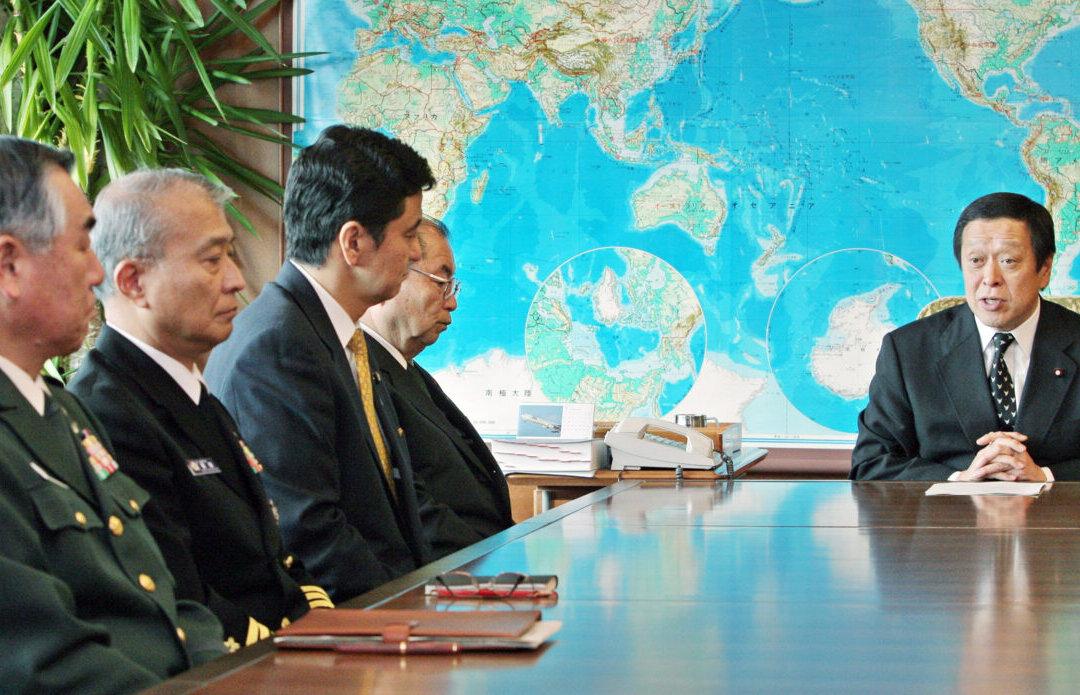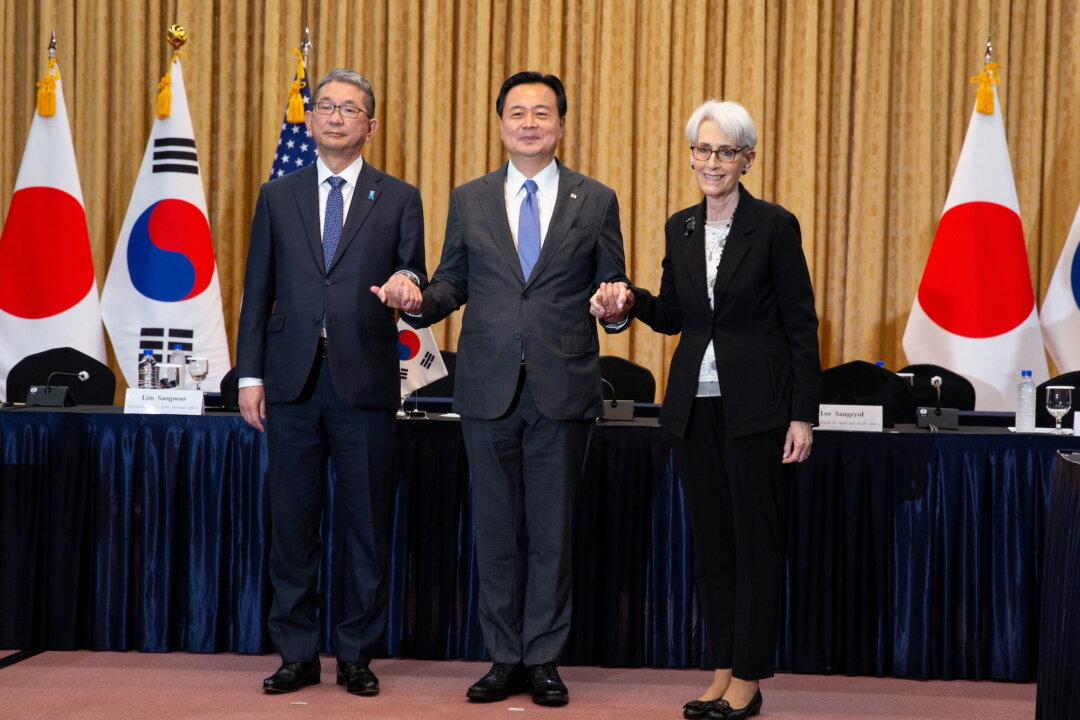The Japanese government is poised to set up about 130 ammunition storage facilities across the country in the next ten years, gearing toward boosting constant fighting capability to tackle the Taiwan Strait crisis.
The first four ammunition depots are expected to be constructed in 2023 in Aomori and Oita, two prefectures in the Self-Defense Force facilities, then in other areas by 2027, totaling about 70, and by 2033 build another 60, said Japanese Defense Minister Hamada Yasukazu in the Upper House budget committee on March 2.




